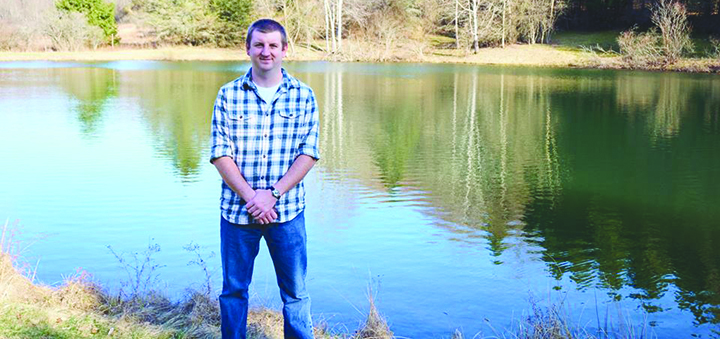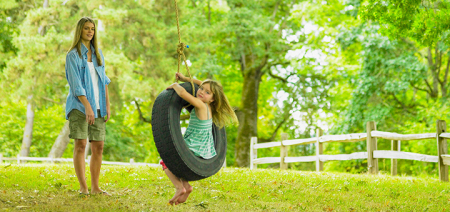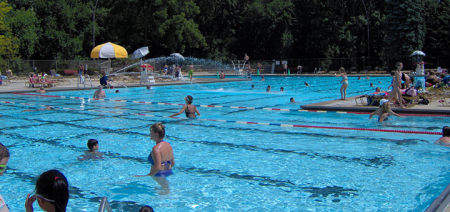Outdoor Chenango: Dress For Hunting Success
Published:
October 18th, 2023
By:
Eric Davis

Like the Wayne Gretzky quote, “You miss 100% of shots you don’t take,” if you aren’t in the stand (or blind) you won’t get any shots at deer.
So, the focus for any deer hunter should be to stay in their stand for as long as possible, especially when the rut kicks in and deer are moving all day long. Probably the most common culprit for hunters getting down from their stands is getting cold.
When I first began deer hunting as a teenager, I remember constantly buying new pairs of socks because my feet always got cold when sitting in a treestand for longer than two hours. Yet no matter what I wore, my feet ended up freezing by 9 o’clock. Looking back now, I clearly had too much insulation on my feet between my boots and heavy socks. Just walking to the stand my feet would get hot and sweaty. Then that moisture on my feet would slowly evaporate and make my feet cold. The same happened to my hands, no matter what gloves I wore. Now, after years of experimenting, I know what I want to wear for a variety of weather scenarios.
The key is to focus on the material the clothing is made of. Cotton is a nice, soft material but it loses all its insulative properties when it gets wet. Avoid using cotton as a layer that contacts the skin, as it will soak up any sweat off the skin and start making you feel colder. Polyester clothing helps wick moisture away from the skin so you stay drier and warmer.
Clothing made with merino wool is excellent as a base layer because the wool retains its insulative properties when it gets wet. It also is supposed to inhibit some microbial growth which results in less odor that deer can smell. I bought a set of merino wool base layers a few years and have nothing but good things to say about them. The only downside, is that merino wool clothing has special washing instructions that you need to follow.
Dressing in layers helps you regulate temperature easily. If you feel too warm, you can remove one layer or more. If you are too cold, add layers. Compared to wearing one heavy jacket or bibs, where you can’t take them off without being down to bare skin. Another tactic I have started using the past few years is not to wear all my clothes to the stand. I walk uphill for a few hundred yards where I do most of my hunting, which gets my blood flowing. If I have too many layers on, I will be sweating before I climb the tree and will be cold within a couple hours. By carrying my jacket, I can let my base layer or layers breathe on the walk in so some of the moisture is lost before putting my jacket on at the stand.
While a lot of attention is given to the extremities in terms of staying warm, you should also focus on keeping your core warm. If you let your vital organs start to get cold, the blood that is sent to your hands and feet will start to get cooler. Therefore, some hunters like to have a vest as a middle layer because it retains heat in your core without making moving your arms hard with bulky sleeves. Placing the disposable hand-warmers in inside pockets helps keep the core warm and can extend your time in the stand.
Understanding footwear insulation can help you avoid getting wet feet that end up getting cold. You would be surprised at how thin of a sock you might need if your boots are heavily insulated. If you wear rubber boots, think about getting wool socks. The boots do not allow for moisture wicking that well so having socks that stay insulative after getting wet is important. Lace-up boots allow for more moisture loss but they still hold a lot of moisture in, especially boots with waterproof membranes. I suggest wearing a pair of socks that are one “thickness” less than what you usually wear if your feet end up cold after a few hours. You may also be interested in trying the rechargeable heated insoles you can purchase. All you need to do is hit a button on the remote control and the insoles heat up. Be advised that these can really make your feet sweat if you’re not careful.
Author: Eric Davis - More From This Author
Comments







